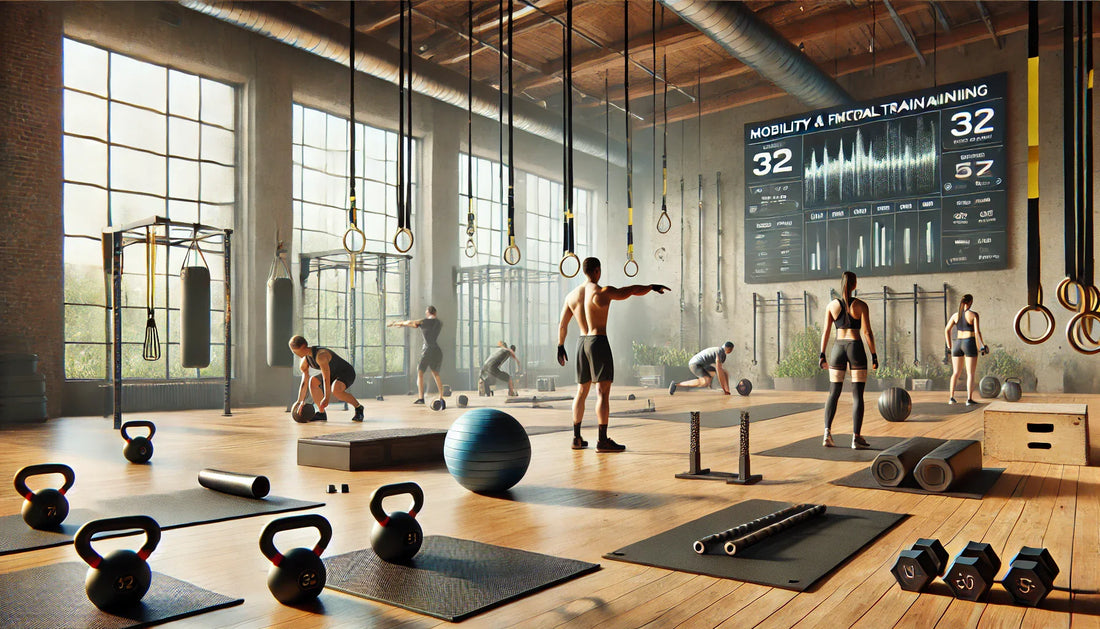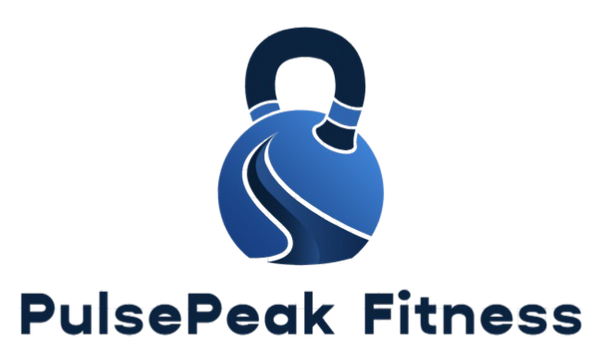
Mobility & Functional Training — The Forgotten Frontier of Strength
Share
Strength without movement is sculpture — beautiful, but still.
At PulsePeak Fitness, we believe true power flows.
Mobility is not softness; it is sovereignty over your own body.
In the modern gym era, athletes chase load before control, volume before grace.
But the body that cannot move freely cannot endure fully.
Mobility training is not a supplement to strength — it is its hidden spine.
1) The Forgotten Art of Motion
Once, movement was life — climb, reach, twist, carry.
Today, modern training isolates muscles but neglects patterns.
Mobility restores that primal fluency, reuniting strength with purpose.
PulsePeak’s approach blends traditional flexibility work with functional mobility drills — dynamic ranges, joint stability, and mindful breath.
The goal: not to stretch, but to awaken.
Q&A
Q: What’s the difference between flexibility and mobility?
A: Flexibility is passive — how far a muscle can lengthen.
Mobility is active — how well you can control that range.
One bends; the other commands.
2) The Science of Fluidity
Mobility is biomechanics in motion.
Joint capsules, fascia, and neural pathways all dictate your movement vocabulary.
When one joint stiffens, the entire body compensates — often with pain.
PulsePeak’s Mobility Circuit System (MCS™) integrates three dimensions:
-
Dynamic Control: Loaded stretches that reinforce stability.
-
Proprioceptive Awareness: Training the brain to sense motion precisely.
-
Elastic Recovery: Fascia-focused release for longevity.
Q&A
Q: Can mobility really prevent injury?
A: Absolutely. A flexible joint absorbs stress; a rigid one transmits it. Mobility builds resilience, not just range.
3) Tools of Intelligent Movement
Not all tools build strength; some teach control.
PulsePeak’s FlowBand™, CoreSphere™, and RangeRoller™ are engineered for multidirectional freedom — promoting micro-adjustments that stabilize joints through complexity.
These are not gimmicks; they are instruments of awareness.
Each rep with resistance bands or stability balls rewires the nervous system — from force to finesse.
Q&A
Q: Are mobility tools necessary for functional strength?
A: Not necessary — but transformative.
They introduce instability that demands mastery, turning simple motion into skilled control.
4) The Integration Principle
Mobility training must merge, not isolate.
PulsePeak integrates mobility into every phase of performance:
-
Warm-Up: Dynamic lunges, spinal rotations, shoulder dislocates.
-
Strength Phase: Unilateral movements that challenge balance.
-
Cooldown: Active stretches that reinforce learned range.
This is how movement becomes memory — not momentary.
Q&A
Q: How long should a mobility session last?
A: 10–20 minutes daily.
Mobility is cumulative — consistency outweighs intensity.
5) Mind-Body Coordination
Every motion begins in the mind.
Functional training demands focus — you must think through your movements.
Our philosophy intertwines neuroscience with kinesthetic intelligence: attention deepens precision.
When mobility becomes mindful, performance transcends repetition.
You no longer lift weights — you conduct motion.
Q&A
Q: Can mobility improve my strength lifts?
A: Profoundly.
A mobile joint enhances leverage and stability — increasing efficiency while reducing strain.
6) Function Before Force
Aesthetics follow alignment.
PulsePeak’s method prioritizes function first — the ability to move efficiently before adding external load.
Because strength layered over dysfunction is fragility disguised.
Every athlete must master the mechanics of grace.
Power that moves well lasts longer.
Q&A
Q: Isn’t functional training just another trend?
A: Not when rooted in physiology.
It’s not about equipment — it’s about restoring the body’s natural architecture.
7) Breath as the Bridge
Breath is the most ancient movement.
Inhale — lengthen. Exhale — release.
Mobility and respiration are intertwined systems of flow and rhythm.
PulsePeak’s BreathFlow Protocol synchronizes diaphragmatic breathing with dynamic stretching — amplifying circulation, oxygenation, and neural calm.
Q&A
Q: Why focus on breathing during mobility?
A: Because breath stabilizes the nervous system. Controlled exhalation lowers muscular tension, expanding range safely.
8) Longevity Through Motion
Movement preserves youth.
A body that keeps moving does not age — it adapts.
Mobility practice maintains joint health, posture, and mental clarity long past the era of maximal lifts.
PulsePeak teaches sustainability:
Train to last, not just to impress.
Q&A
Q: Is mobility useful for older athletes?
A: It’s essential.
Mobility training reverses stiffness, enhances circulation, and maintains confidence in movement — the true measure of vitality.
Conclusion
Strength without mobility is noise without melody.
PulsePeak Fitness restores harmony — between muscle and motion, precision and play.
Because to move freely is to live fully.
Your body is not a cage of power — it is an instrument of grace.
And mobility is how you learn to play it beautifully.
